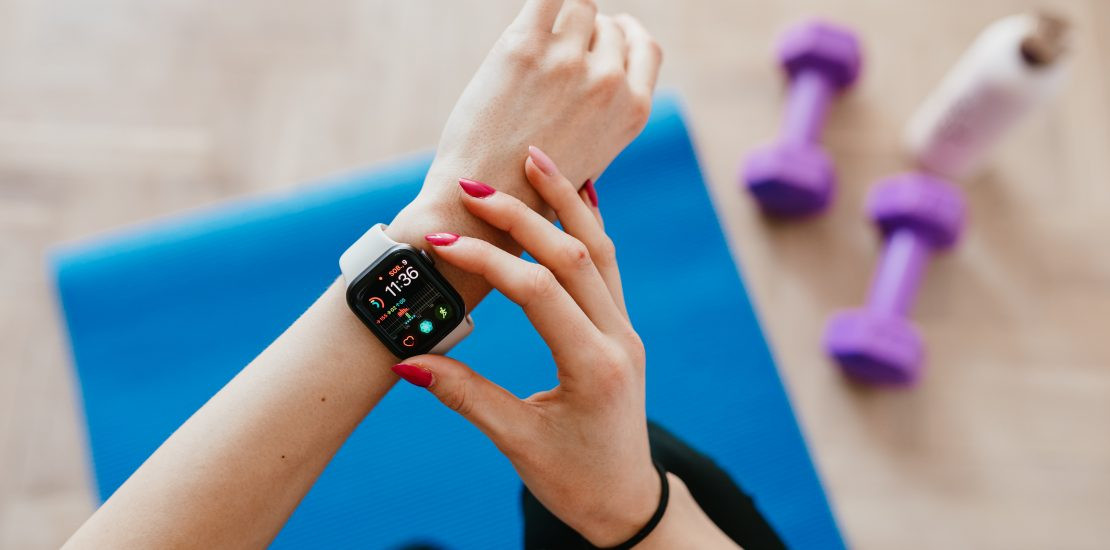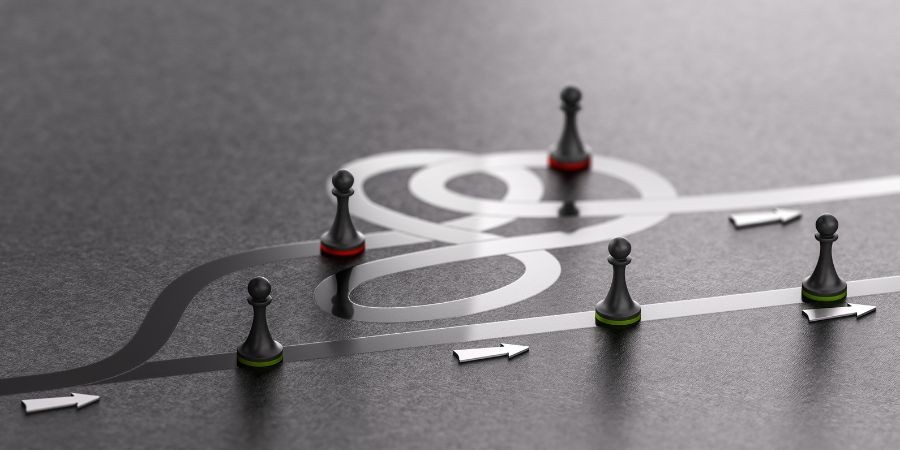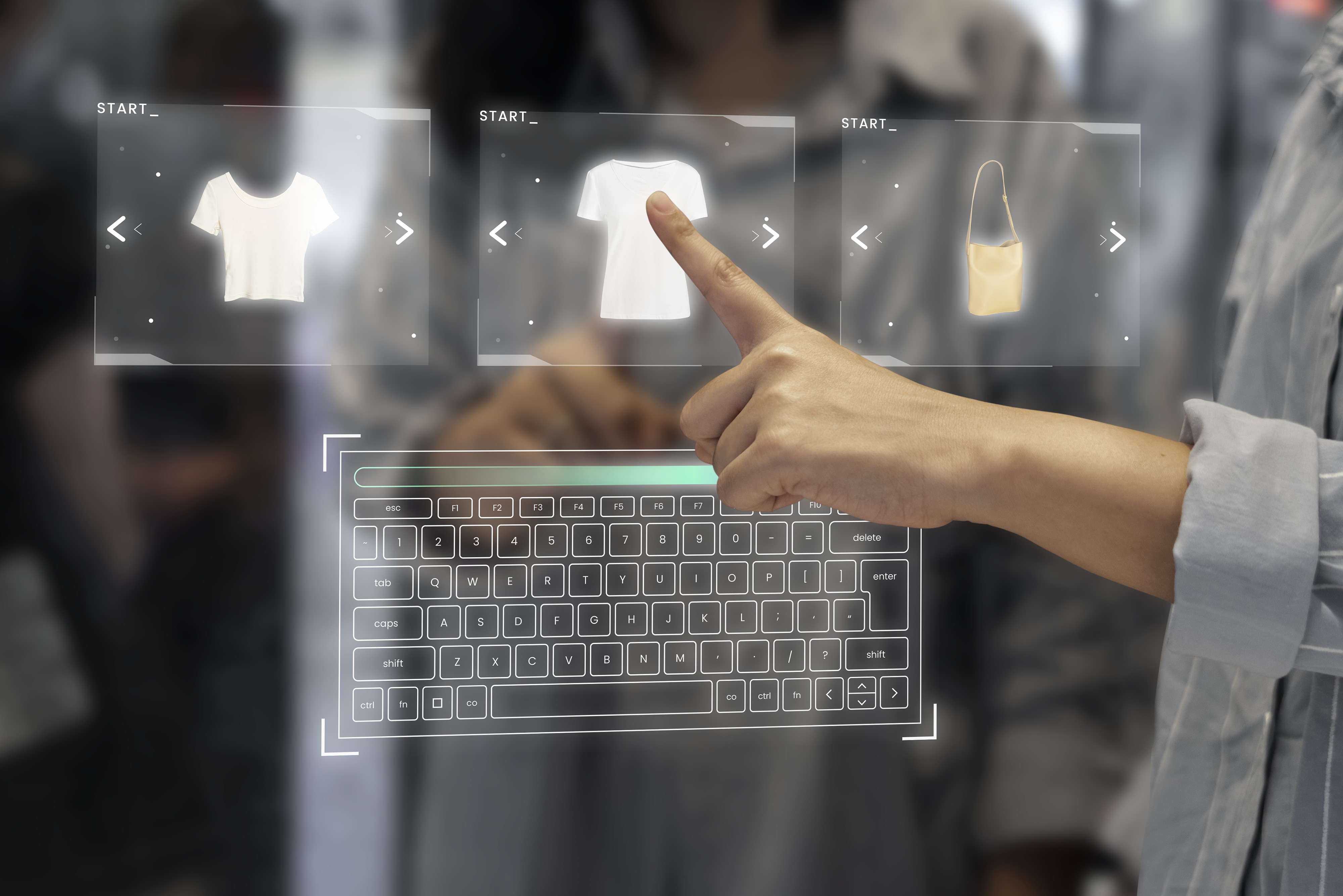An Overview
As technology advances, more people use wearables to track their health and wellness. These devices are worn on the body and monitor various health metrics such as heart rate, blood pressure, activity levels, and sleep patterns. They can be connected to mobile apps or other devices to provide personalized health data and insights.
The global healthcare wearables market is expected to reach $70 billion by 2028, growing at a CAGR of more than 25% from 2023 to 2028.
The market is driven by increasing fitness and health awareness, the growing demand for remote patient monitoring, and the rising prevalence of chronic diseases.
The wearable healthcare industry is divided into product type, application, end-user, and region categories. Common product types include smartwatches, fitness trackers, and medical devices. Applications for these devices include wellness management, remote patient monitoring, and disease management. End-users range from defence and sports to space exploration.
Emerging Industry Trends
The market of wearables in the Space segment
The market for wearables in the space industry is expanding as space exploration and research progress. These wearables can safeguard astronauts against health hazards such as radiation exposure, bone density loss, and muscle atrophy. They can also monitor vital signs, track physical activity, and measure physiological parameters such as heart rate, blood pressure, and oxygen saturation. By collecting this information, the health of astronauts can be monitored, and potential health problems can be detected early. Additionally, the effectiveness of various countermeasures designed to mitigate the health risks of space travel can be monitored through these devices.
- Biometric Sensors: These sensors monitor an astronaut’s vital signs, such as heart rate, blood pressure, and respiration, to ensure their health and well-being in space.
- Augmented Reality Glasses: These glasses display important information, such as instructions for experiments or the location of equipment, directly in an astronaut’s field of vision.
- Smart Gloves: These gloves have sensors on the fingertips and palms, allowing astronauts to control robotic arms and other equipment precisely.
- Fitness Trackers: Astronauts use fitness trackers to monitor their exercise routines and ensure they get enough physical activity while in space.
- Augmented Reality Glasses: These glasses display important information, such as instructions for experiments or the location of equipment, directly in an astronaut’s field of vision.
- Smart Gloves: These gloves have sensors on the fingertips and palms, allowing astronauts to control robotic arms and other equipment precisely.
- Fitness Trackers: Astronauts use fitness trackers to monitor their exercise routines and ensure they get enough physical activity while in space.
The healthcare wearables industry in the space segment has seen several recent developments as wearable technology becomes increasingly important for monitoring the health and well-being of astronauts during space missions.
Here are some notable developments:
- Astroskin: In 2021, the Canadian Space Agency launched the wearable Astroskin. A device that can monitor astronauts’ vital signs, such as heart rate, breathing rate, and blood oxygen levels, during space missions. The device is designed to help monitor astronauts’ health and well-being in real-time and transmit data to Earth for analysis.
- Samsung’s SmartSuit: In 2021, Samsung announced the development of the SmartSuit. This wearable device can monitor astronauts’ vital signs and provide real-time feedback to help optimize their performance and well-being during space missions. The SmartSuit is designed to be lightweight and flexible, allowing for ease of movement in the zero-gravity environment of space.
- The Zephyr BioHarness: In 2020, the Zephyr BioHarness, a wearable device that can monitor astronauts’ vital signs, was used during the Crew-1 mission to the International Space Station. The device provided real-time data on astronauts’ heart rate, breathing rate, and activity levels to help monitor their health and well-being during the mission.
- Vivalnk’s Vital Monitoring System: In 2021, Vivalnk announced the development of a Vital Monitoring System for astronauts, which includes a wearable device that can monitor vital signs such as heart rate and breathing rate, as well as a mobile app that allows for real-time monitoring and analysis of the data.
- The European Space Agency’s Bio-Monitor: In 2020, the European Space Agency announced the development of the Bio-Monitor, a wearable device that can monitor astronauts’ vital signs, such as heart rate and breathing rate, during space missions. The device is designed to be compact and lightweight, allowing for ease of use in the limited space of a spacecraft.
The market for wearables in space is expected to grow as space exploration and research increase and wearable technology becomes more advanced and accessible. Some key players in this market include NASA, SpaceX, Blue Origin, and Virgin Galactic.
Wearables in Defense Segment
In recent years, wearable technology has made great strides and has even been utilized in the defence industry. Wearables have many uses in defence, including monitoring soldiers’ health and performance and enhancing communication and situational awareness during combat.
Smartwatches: Smartwatches are used by the military for various purposes, including communication, navigation, and tracking soldiers’ health and performance. These watches have GPS, heart rate monitoring, and voice communication features that help soldiers in their daily operations.
Here are some examples of how wearables are being used in defence:
- Augmented Reality Headsets: AR headsets provide soldiers with real-time information about their surroundings, such as maps, targets, and threats. These devices can also help with training simulations, allowing soldiers to practice different scenarios and improve their skills.
- Body-worn Cameras: Body-worn cameras are used by soldiers to record their operations and provide evidence in case of any incidents. These cameras also help with debriefing and training, allowing soldiers to analyze their performance and improve their tactics.
- Smart Helmets: Smart helmets provide soldiers with various features, including communications, situational awareness, and ballistic protection. These helmets have sensors that can detect threats and provide real-time information to soldiers, allowing them to react quickly and effectively.
Here are some notable developments:
- DARPA’s Advanced Acclimation and Protection Tool for Environmental Readiness (ADAPTER) program: In 2021, the Defense Advanced Research Projects Agency (DARPA) launched the ADAPTER program to develop a wearable device that can monitor soldiers’ physiological responses to environmental stressors such as heat and cold. The device will provide real-time feedback to medical personnel to help them optimize soldiers’ performance and health.
- Philips’ VitalMinds solution: In 2020, Philips launched the Vital Minds solution, a wearable device that can monitor respiration rate and sleep quality in soldiers. The device is designed to help soldiers maintain optimal cognitive function and mental health.
- Elbit Systems’ life-saving wearable device: In 2020, Elbit Systems introduced a wearable device that monitors soldiers’ vital signs, such as heart rate and blood pressure, and tracks their location and movement. The device is designed to help locate and rescue injured soldiers quickly.
- The US Army’s Integrated Visual Augmentation System (IVAS): The IVAS is a wearable device that provides soldiers with enhanced situational awareness on the battlefield. The device includes a range of sensors, such as a heart rate monitor, to monitor soldiers’ health and well-being.
- The US Army’s Tactical Assault Kit (TAK): TAK is a wearable device that provides soldiers with real-time situational awareness on the battlefield. The devices include a range of sensors, such as a heart rate monitor, to monitor soldiers’ health and well-being.
- The US Air Force’s Mobility Guardian exercise: In 2021, it conducted its Mobility Guardian exercise, which included wearable devices to monitor soldiers’ health and well-being. The devices were used to monitor soldiers’ physiological responses to the stress of air mobility operations.
These recent developments demonstrate the increasing use of healthcare wearables in the defence segment and the continued focus on using technology to enhance soldiers’ performance, health, and well-being. In general, wearables can greatly enhance the efficiency and security of soldiers in combat. As technology progresses, we can anticipate more creative applications of wearables in the defence industry.
Wearables in the Sport Segment
Athletes are using wearables more and more in the sports industry. These devices offer much information to help track performance, monitor health, and improve training.
Fitness Trackers: These are wristbands or watches that track an athlete’s heart rate, steps taken, calories burned, and sleep patterns. Some popular fitness trackers include the Fitbit and the Apple Watch.
Here are some examples of wearables used in sports:
- Wrist Watches: GPS watches track an athlete’s distance, speed, and route. They can also provide information about elevation changes and other performance factors. Some popular GPS watches include the Garmin Forerunner and the Polar Vantage.
- Smart Clothing: Smart clothing incorporates sensors and other technology into the fabric, allowing athletes to track various metrics such as heart rate, breathing rate, and muscle activity. Some popular examples of smart clothing include the Athos Core and the Hexoskin Smart.
- Head-mounted Displays: These devices allow athletes to monitor their performance in real-time by displaying information such as heart rate, speed, and distance in their field of vision. Popular examples include the Recon Jet and the Solos Smart Glasses.
The healthcare wearables industry in the sports segment has seen several recent developments as wearable technology has become increasingly popular among athletes and sports enthusiasts.
Here are some notable developments:
- WHOOP’s new wearables: In 2021, WHOOP, a popular wearable device company, launched two new wearables, the WHOOP Strap 4.0 and the WHOOP Body, which provide athletes with real-time data on their health and performance. The devices track heart rate variability, respiratory rate, and sleep quality to help athletes optimize their training and recovery.
- Apple Watch’s Fitness+ feature: In 2020, Apple launched its Fitness+feature, which integrates with the Apple Watch to provide personalized workout recommendations and real-time metrics such as heart rate and calorie burn. The feature also allows users to share their workouts with friends and family.
- Biostrap’s new wearables: In 2021, Biostrap, a wearable device company, launched its Biostrap 3.0 and Biostrap EVO wearables, which provide athletes with data on their heart rate, sleep quality, and other health metrics. The devices also track athletes’ recovery to help them avoid injury and optimize their training.
- Catapult Sports’ new wearables: In 2020, Catapult Sports, a sports analytics company, launched a new wearable device called the Vector, which provides athletes with data on their acceleration, deceleration, and change of direction. The device is designed to help athletes improve their agility and reaction time.
- Under Armour’s Health Box: In 2021, Under Armour launched the HealthBox, a wearable device kit with a fitness tracker, a heart rate monitor, and a smart scale. The kit provides athletes with real-time health and fitness data and includes a mobile app that allows users to track their progress and set goals.
In general, wearables have completely changed the way athletes approach their training and performance. These devices provide vast data to help athletes improve their skills and reach their objectives.
Our Prospective
Healthcare wearables have numerous potential applications in different fields, such as space exploration, defence, and sports. Healthcare wearables can play a crucial role in monitoring the health and well-being of astronauts. Due to zero-gravity conditions, astronauts undergo physiological changes, such as bone density loss, muscle atrophy, and cardiovascular changes.
Wearable devices can track these changes and provide real-time data to doctors and researchers on Earth. Moreover, healthcare wearables can help astronauts keep track of their physical and mental health, including sleep, stress, and mood. In military settings, healthcare wearables can be used to monitor the health of soldiers in the field. These wearables can track vital signs like heart rate and blood pressure and detect signs of fatigue or dehydration. This data can enhance soldier performance and prevent injuries or illnesses. Healthcare wearables can also be used to monitor soldiers’ mental health.






